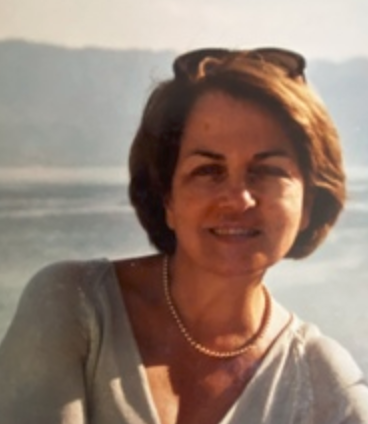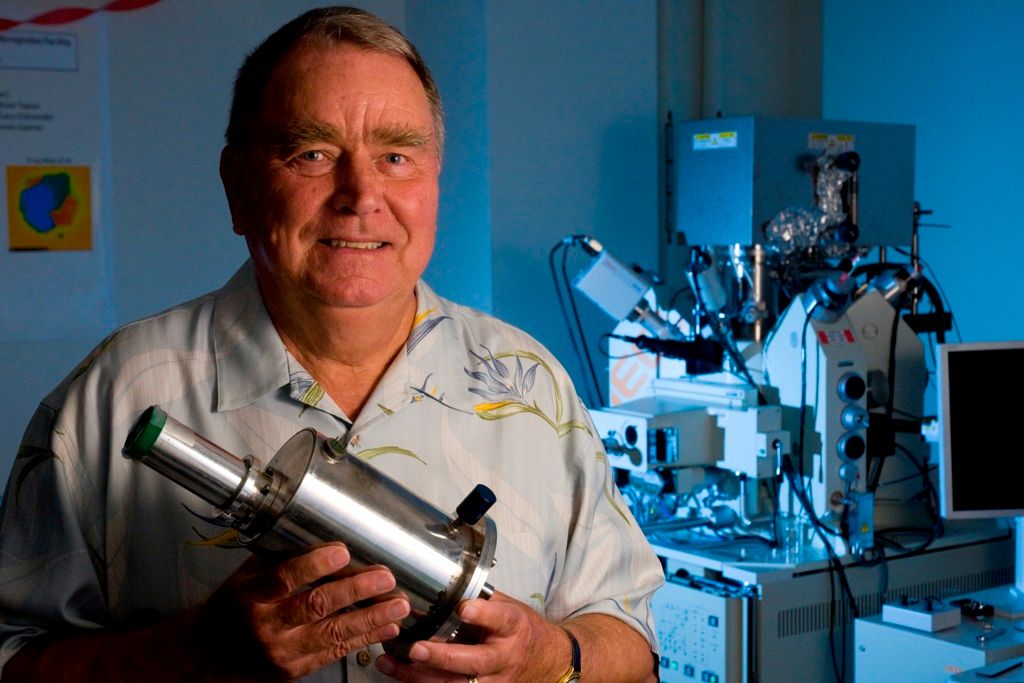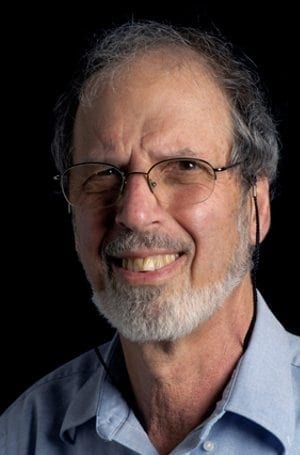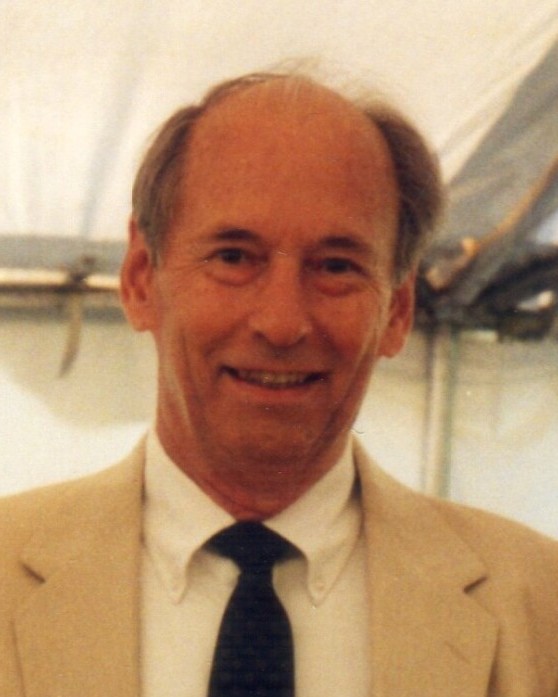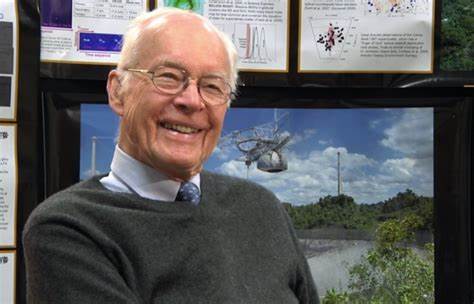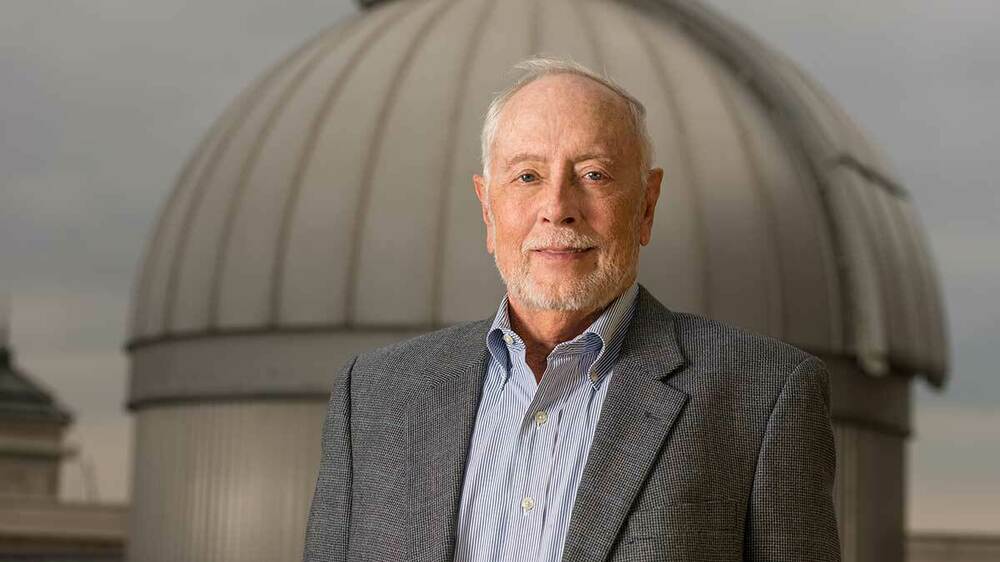Peter Gierasch, a Cornell astronomer whose mathematical models unveiled the turbulent vortices, tempestuous eddies and atmospheric tumult arising on other worlds – long before spacecraft could consistently prove it with images – died Jan. 20 in Ithaca. He was 82. Gierasch, a professor emeritus of astronomy in the College of Arts and Sciences, contributed to a wealth of knowledge on the processes of planetary atmospheres – specifically Mars, Venus, Jupiter and Saturn’s largest moon, Titan. He served as a team scientist on the Viking, Pioneer, Voyager, Galileo and Cassini missions for NASA.
The above is an excerpt from a longer story describing Peter’s professional contributions and other remembrances by Blaine Friedlander. See below for the full article. https://news.cornell.edu/stories/2023/01/peter-gierasch-planetary-astronomer-dies-82
Here is a listing to his AAS DPS 2014 Kuiper Prize citation: prizes/2014

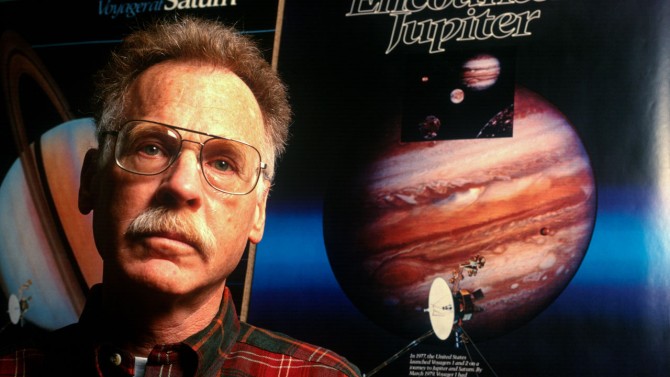
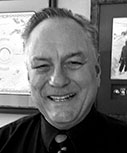
 Robert “Bob” Carlson died peacefully in his sleep in Reno, Nevada, surrounded by family, after a months-long battle with cancer. Bob was a brilliant scientist, as well as an amazing mentor, friend, husband, father, and grandfather. Those of you who knew him likely recall fond memories of his soft, but detailed approach to any problem – always gracious and insightful. He was born in Waseca, Minnesota, graduated from Cal Poly San Luis Obispo in 1963, and received his PhD in physics from the University of Southern California in 1970. Bob spent most of his career (1978-2016) at the Jet Propulsion Lab in Pasadena, California. As Principal Investigator of the Galileo Near Infrared Mapping Spectrometer (NIMS), he was also the greatest skeptic of the results. Among many firsts made by Bob and the NIMS team, the discovery of hydrogen peroxide and a radiolytic sulfur cycle on Europa have transformed our understanding of the potential habitability of that world, and have helped set the stage for future exploration. As an AGU Fellow and Editor-in-Chief for the Journal of Geophysical Research – Planets, he worked hard to see the best in every manuscript. In the lab, Bob was meticulous and diligent, enjoying every opportunity to solve a new planetary puzzle. He is survived by wife Kathie, sister Jeanne Withroe, his two daughters Jill Carlson and Kristen Conway, and his four beloved grandchildren Noah, Bridget, and Caleb Conway, and Cooper Carlson.
Robert “Bob” Carlson died peacefully in his sleep in Reno, Nevada, surrounded by family, after a months-long battle with cancer. Bob was a brilliant scientist, as well as an amazing mentor, friend, husband, father, and grandfather. Those of you who knew him likely recall fond memories of his soft, but detailed approach to any problem – always gracious and insightful. He was born in Waseca, Minnesota, graduated from Cal Poly San Luis Obispo in 1963, and received his PhD in physics from the University of Southern California in 1970. Bob spent most of his career (1978-2016) at the Jet Propulsion Lab in Pasadena, California. As Principal Investigator of the Galileo Near Infrared Mapping Spectrometer (NIMS), he was also the greatest skeptic of the results. Among many firsts made by Bob and the NIMS team, the discovery of hydrogen peroxide and a radiolytic sulfur cycle on Europa have transformed our understanding of the potential habitability of that world, and have helped set the stage for future exploration. As an AGU Fellow and Editor-in-Chief for the Journal of Geophysical Research – Planets, he worked hard to see the best in every manuscript. In the lab, Bob was meticulous and diligent, enjoying every opportunity to solve a new planetary puzzle. He is survived by wife Kathie, sister Jeanne Withroe, his two daughters Jill Carlson and Kristen Conway, and his four beloved grandchildren Noah, Bridget, and Caleb Conway, and Cooper Carlson.